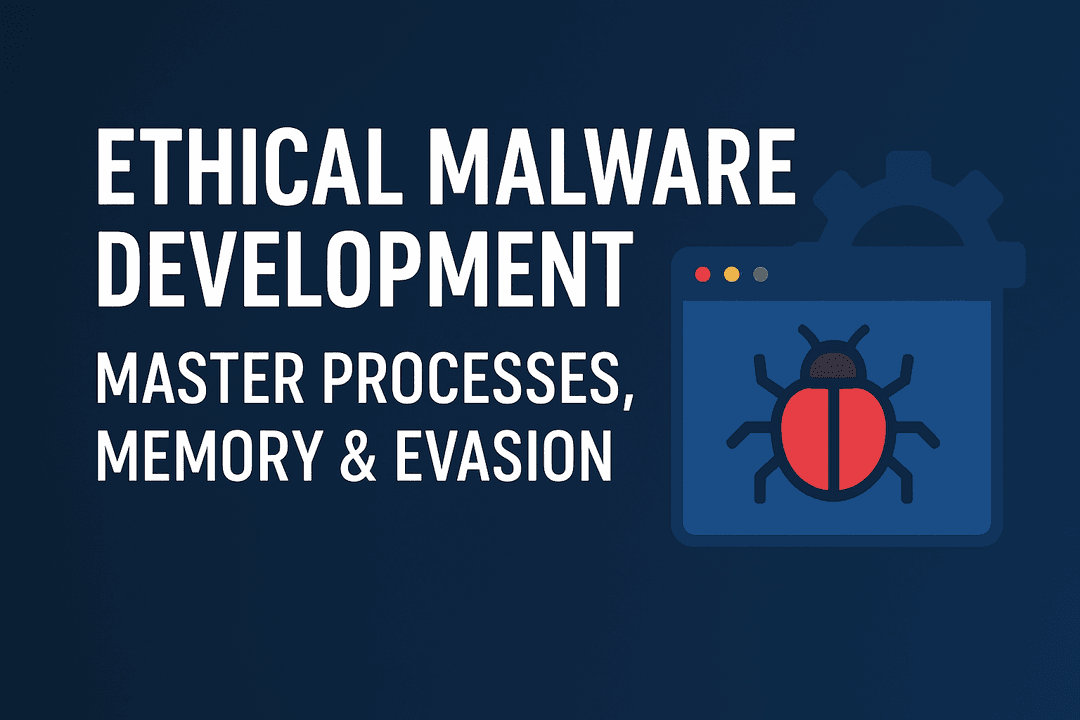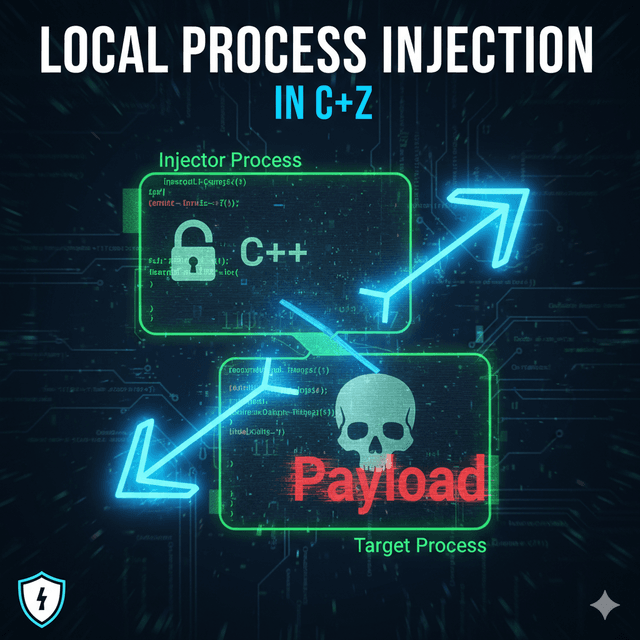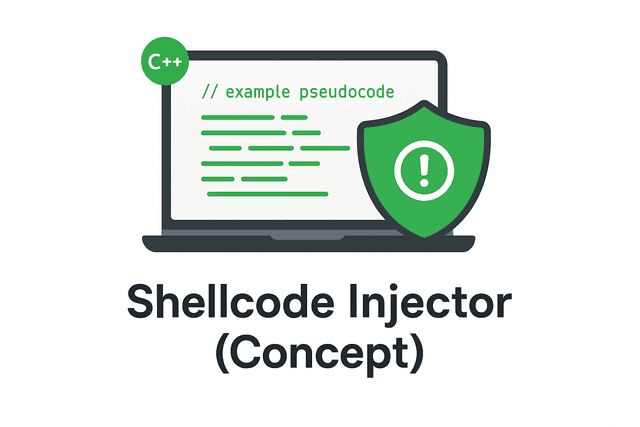25 Sept 2025
Master Malware Development: Processes, Memory, and Evasion Explained
Learn the core principles of malware development, including process and thread management, memory manipulation, and evasion techniques. Explore C/C++, Rust, and Windows API strategies for ethical malware research.

Mastering Malware Development: The Three Pillars You Must Know
If you’re serious about learning malware development, it’s crucial to first understand the foundational concepts that underpin how programs operate and how malware interacts with them. Before diving into payloads, shellcode, or stealth techniques, you need a solid grasp of these three core pillars:
Processes and Threads – How programs run
Memory – Where code executes
Evasion – Avoiding detection
We’ll also explain why proficiency in low-level languages like C, C++, Rust, or Go, along with a deep understanding of the Windows API (WinAPI), is essential for anyone pursuing ethical malware development.
Let’s break it down step by step.
Processes and Threads: The Engine of Program Execution
What Is a Process?
A process is essentially a program in action. Every time you open a .exe file in Windows, the system spawns a new process. Each process comes with:
Its own isolated virtual memory space
A collection of loaded DLLs (modules)
One or more threads
A unique Process ID (PID)
Since processes don’t directly share memory, many malware techniques focus on breaking that isolation, often by injecting code into other processes.
Understanding Threads
A thread is the smallest unit of execution within a process. Every process has at least one main thread responsible for running the program’s entry point (like main() or WinMain()).
Threads can:
Share the process’s memory space
Run simultaneously, taking advantage of multi-core CPUs
Be created or terminated dynamically
Example: Malware frequently uses CreateRemoteThread() to execute injected code in another process, leveraging the target’s threads.
Memory: Where Malware Operates
When a program runs, it is loaded into virtual memory, where its executable code, variables, and temporary data reside. Memory is organized into sections such as:
.text– executable code.data– initialized data like strings and numbers.bss– uninitialized dataHeap/Stack – dynamic and temporary memory storage
Malware often manipulates memory using:
VirtualAllocorNtAllocateVirtualMemory– allocate memoryWriteProcessMemory– inject code into another processCreateRemoteThreadorNtCreateThreadEx– execute code
Techniques like reflective DLL injection, manual mapping, and shellcode execution rely heavily on runtime memory manipulation.
Evasion: Staying Undetected
Even the most powerful malware is useless if it’s detected immediately. Modern EDRs (Endpoint Detection and Response) and antivirus software identify malware using:
Static signatures (file hashes, known strings)
Behavioral patterns (suspicious API calls, memory access)
Memory scanning (detecting shellcode)
API hooking (monitoring calls like
CreateRemoteThreadandVirtualAllocEx)
Malware developers use evasion techniques such as:
String obfuscation – prevents signature-based detection
Indirect syscalls – bypass API hooks
Manual mapping – loads DLLs without touching disk
Unhooking – restores original function behavior from
ntdll.dllTiming tricks – delays execution to avoid sandbox environments
A deep understanding of Windows internals makes stealth techniques significantly easier to implement.
Key Takeaways and Next Steps
To summarize, focus on mastering these essentials:
Processes and threads: Understand how Windows executes programs
Memory manipulation: Learn where and how malware operates
Evasion strategies: Without this, malware is quickly neutralized
Programming skills: Gain proficiency in C/C++, Rust, or Go and explore the WinAPI
Start small with projects like:
A basic shellcode injector in C++
A memory scanning tool
A utility to list all running processes and loaded modules
Once you’ve grasped low-level system behavior, developing advanced malware payloads becomes far more efficient and powerful.
Similar Post
malware-developement 1 Oct 2025
Code Injection in Local Process (in c++)
Understand the inner workings of local process injection using C++ shellcode loading. Learn how Windows API functions like VirtualAlloc, VirtualProtect, and CreateThread are used in these attacks, and discover critical defensive strategies to protect your systems. Essential for security professionals.

